Big cats, including lions, tigers, leopards, and cheetahs, are some of the most charismatic and iconic animals on the planet. Despite their majesty, these species are under threat from habitat loss, poaching, and human-wildlife conflict. Conservation efforts are crucial for their survival, and tourism has emerged as a vital component in funding these initiatives. This article explores how tourism contributes to big cat conservation through various mechanisms and its impact on both local economies and biodiversity.
The Current Status of Big Cat Populations
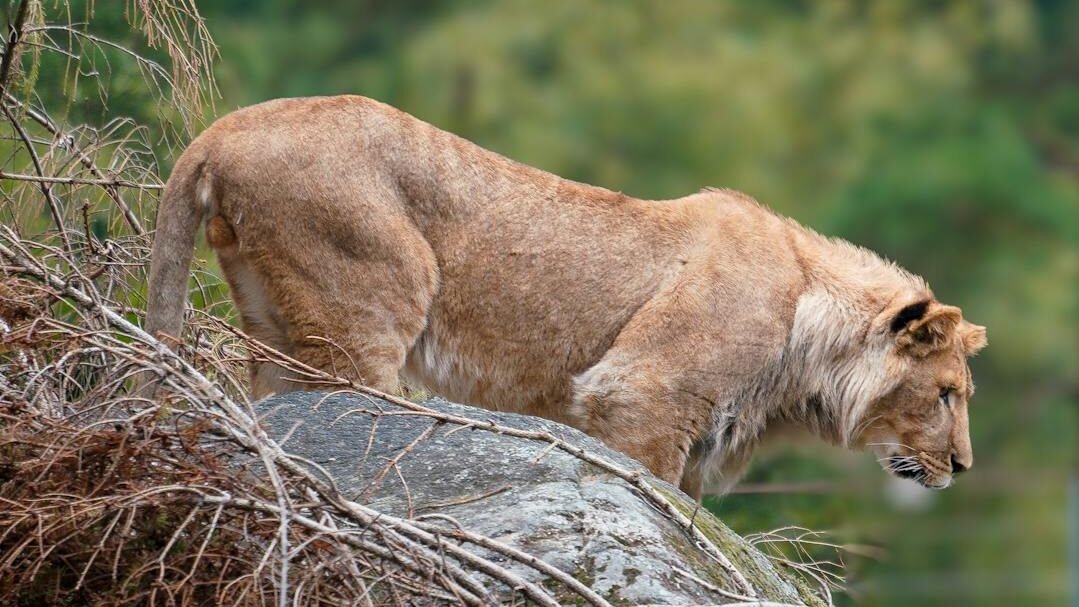
Photo by Damir K via Pexels
Big cat populations are declining across the globe, with many species listed as endangered or vulnerable by the International Union for Conservation of Nature (IUCN). Habitat destruction, illegal wildlife trade, and poaching for body parts and trophies are significant threats. Recognizing these challenges, conservationists are employing innovative strategies to protect these apex predators.
The Role of Wildlife Tourism
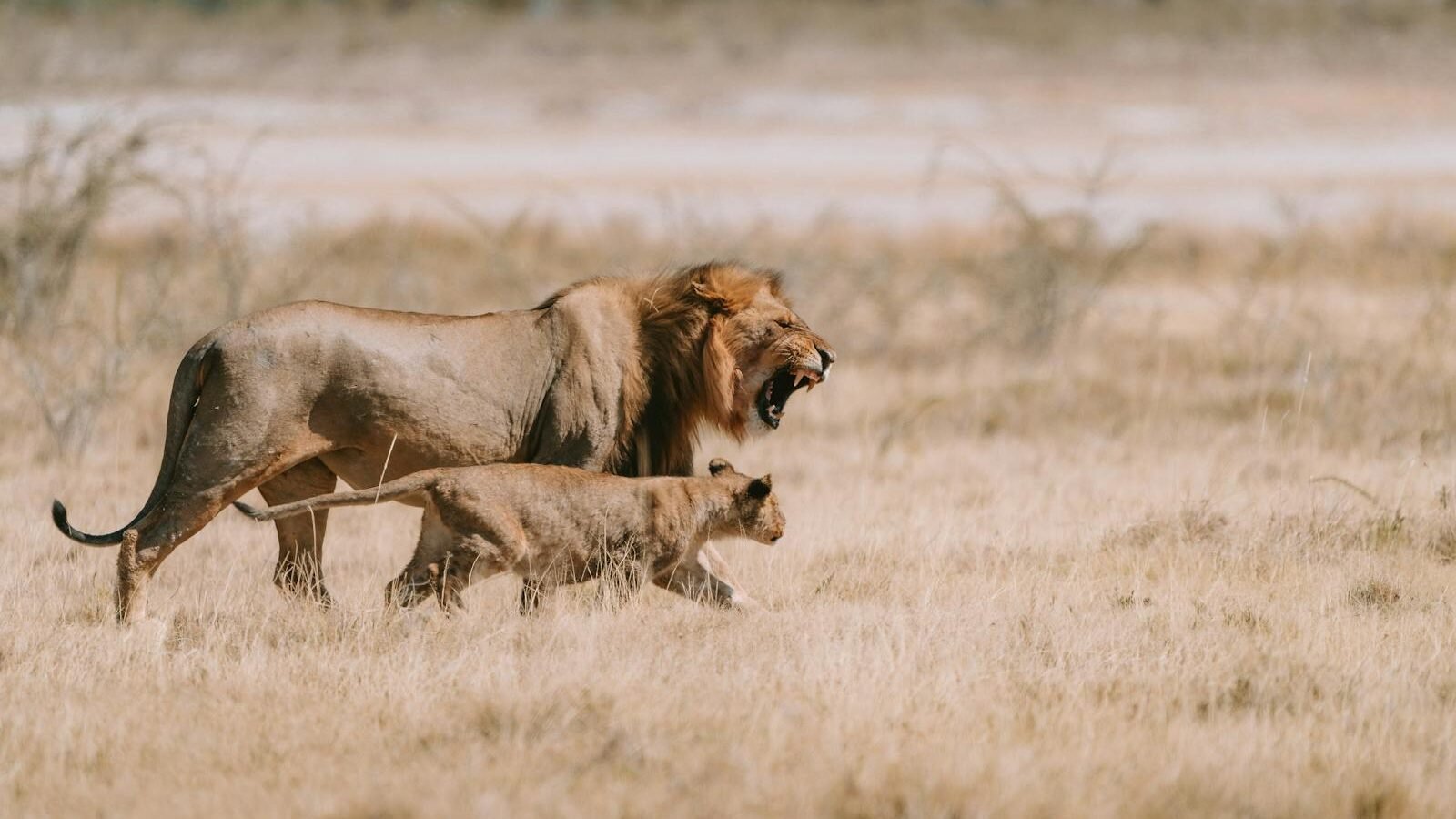
Photo by Line Knipst via Pexels
Wildlife tourism, a sector dedicated to observing and experiencing animals in their natural habitats, plays an essential role in conservation funding. Tourists travel from around the world to see big cats in national parks, reserves, and sanctuaries, providing a financial incentive to preserve these animals and their habitats.
Generation of Revenue for Conservation Efforts
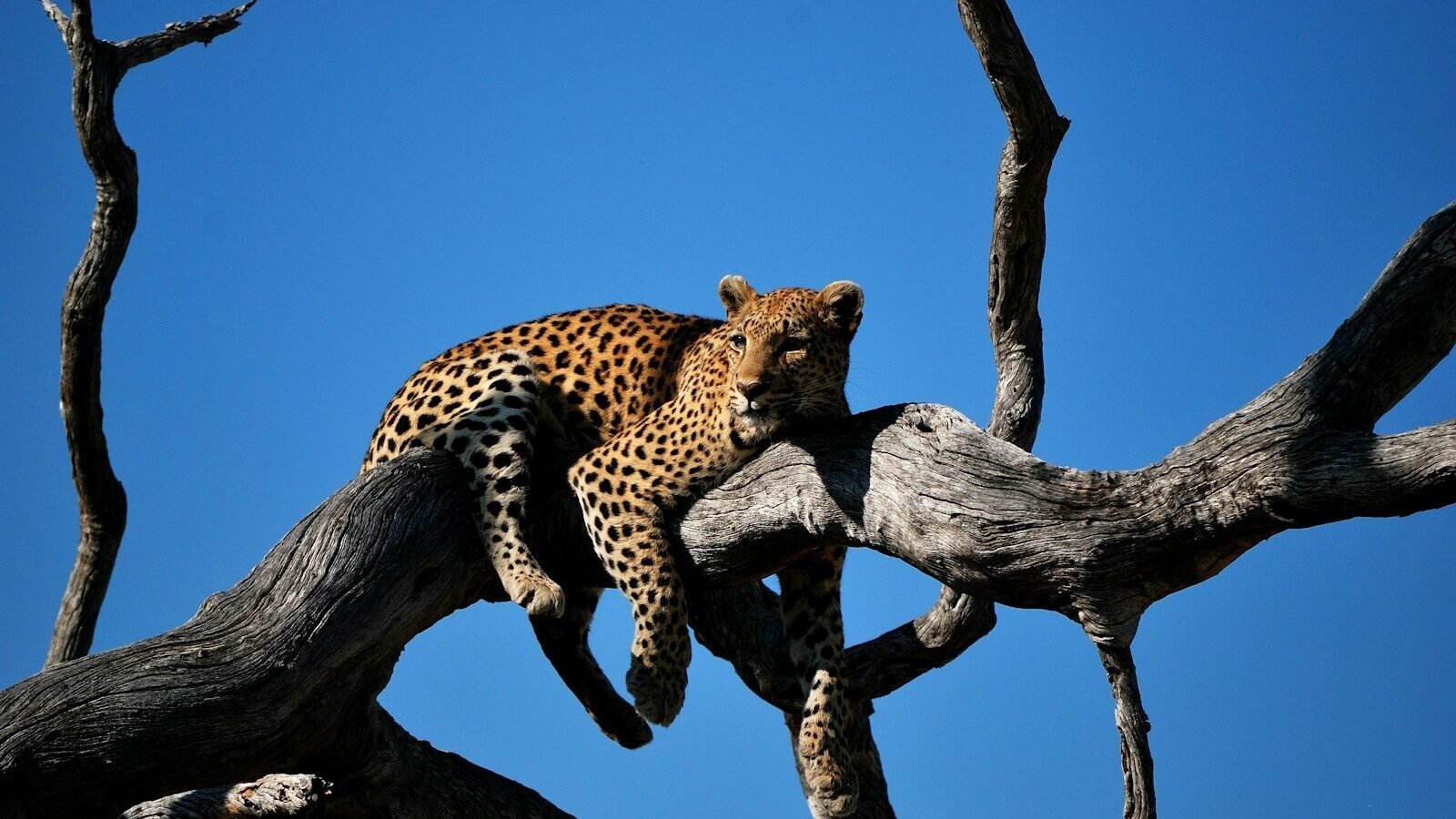
Photo by Colin Watts via Pexels
The revenue generated from wildlife tourism is substantial. Entrance fees to parks, guided tours, and wildlife photography expeditions contribute directly to conservation funds. Governments and private reserves reinvest this income into maintaining natural habitats, providing anti-poaching patrols, and supporting scientific research on big cats.
Support for Local Communities
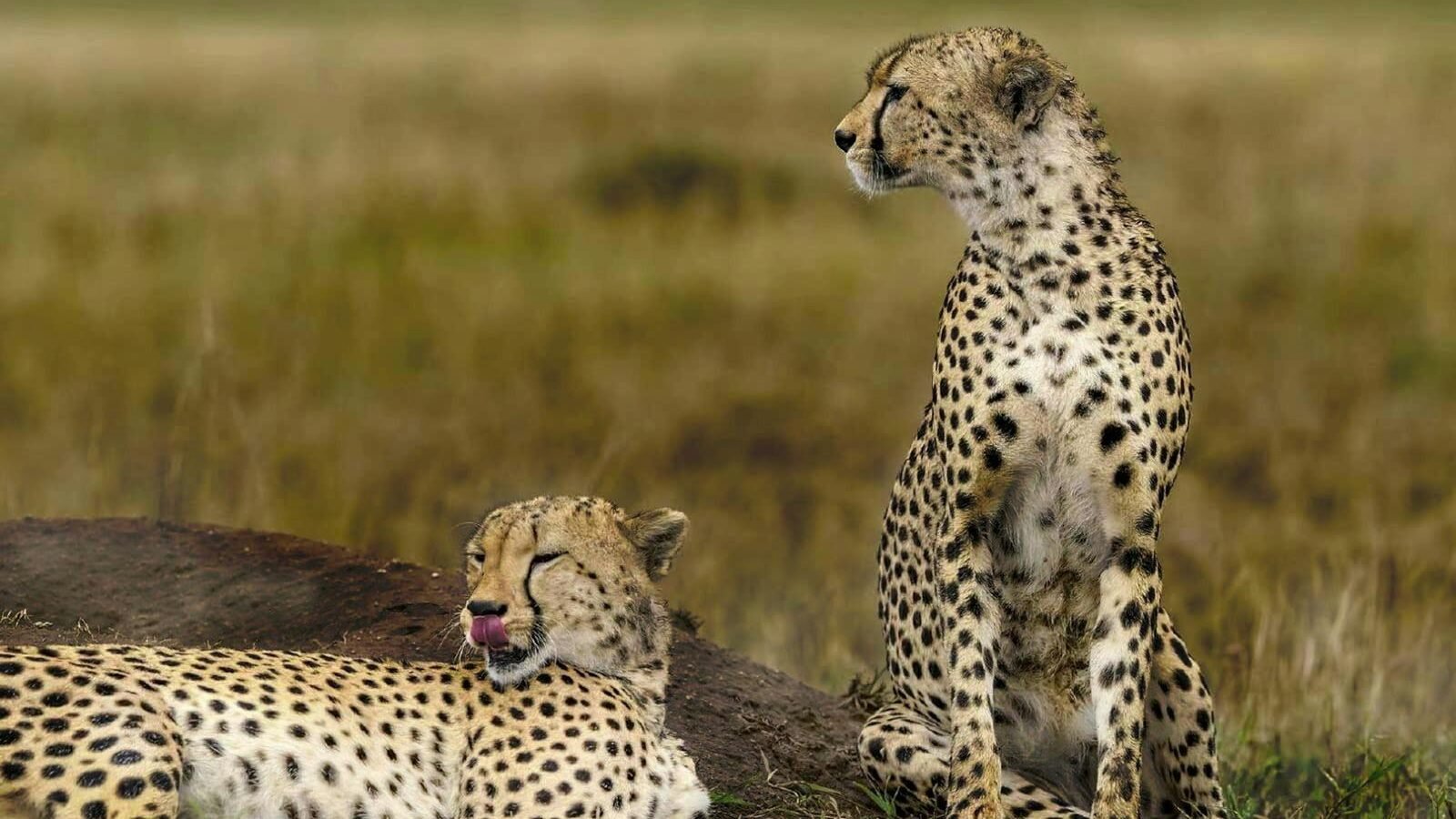
Photo by Richard Low Hong via Pexels
Tourism not only supports big cat conservation but also bolsters local economies. Employment opportunities in guiding, hospitality, and park management arise, reducing poverty levels and providing alternative livelihoods to communities that might otherwise resort to poaching. Engaging local communities is crucial, as their well-being is directly tied to the success of conservation efforts.
Education and Awareness Initiatives

Photo by Pixabay via Pexels
Tourism also serves an educational purpose, raising awareness among visitors about the plight of big cats. Well-informed tourists often become advocates for conservation, supporting policies and initiatives back home. Interpretation centers, informative signage, and conservation-focused tours help spread the message about the importance of protecting these species.
The Impact of Eco-Friendly Practices
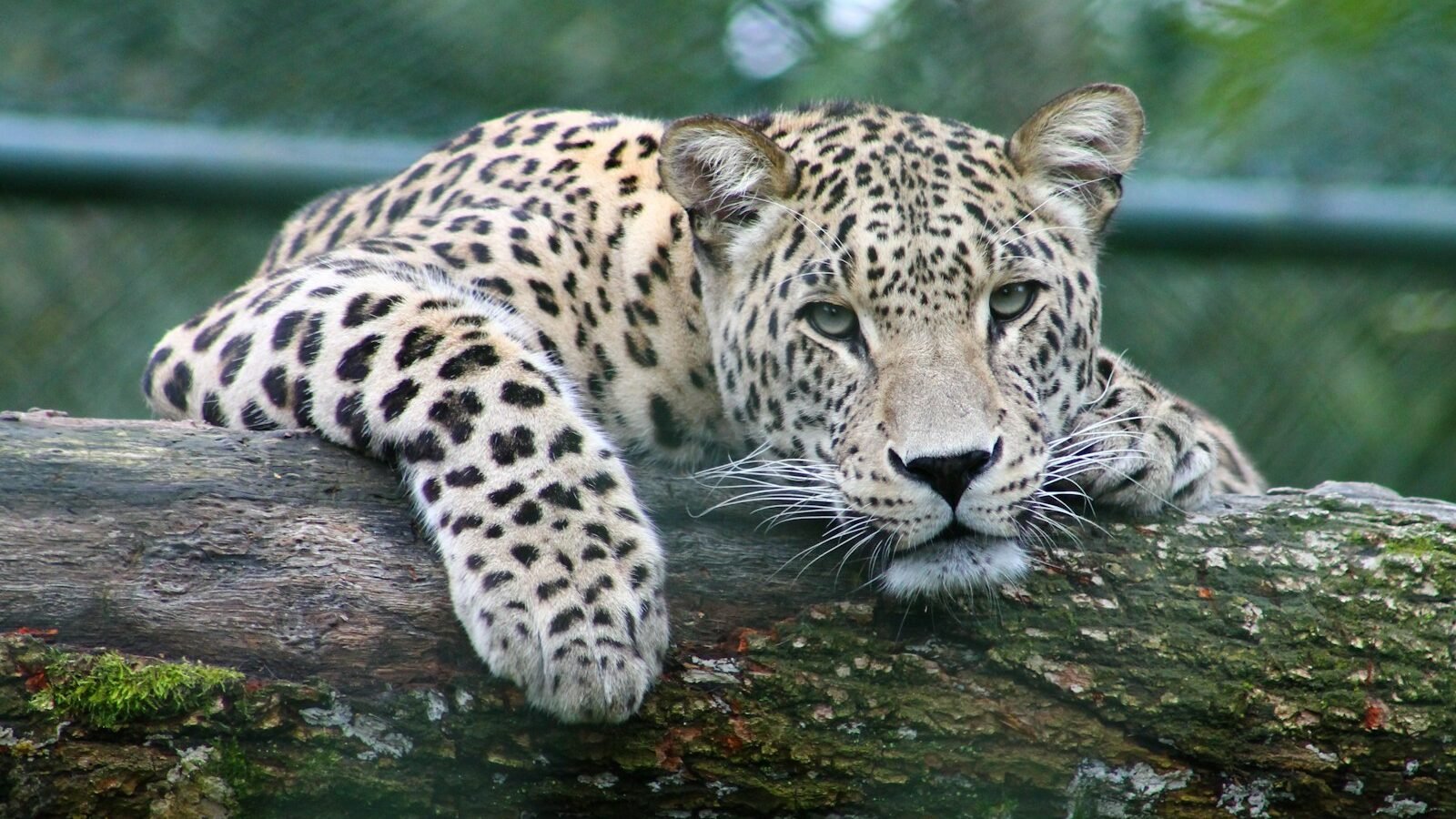
Photo by Gwen Weustink Via Pexels
Eco-tourism prioritizes sustainability and minimal environmental impact, with many operators adopting eco-friendly practices. By reducing their carbon footprint, eco-tourism businesses contribute to the preservation of ecosystems that big cats depend on, while also appealing to environmentally conscious travelers.
Challenges in Balancing Tourism and Conservation
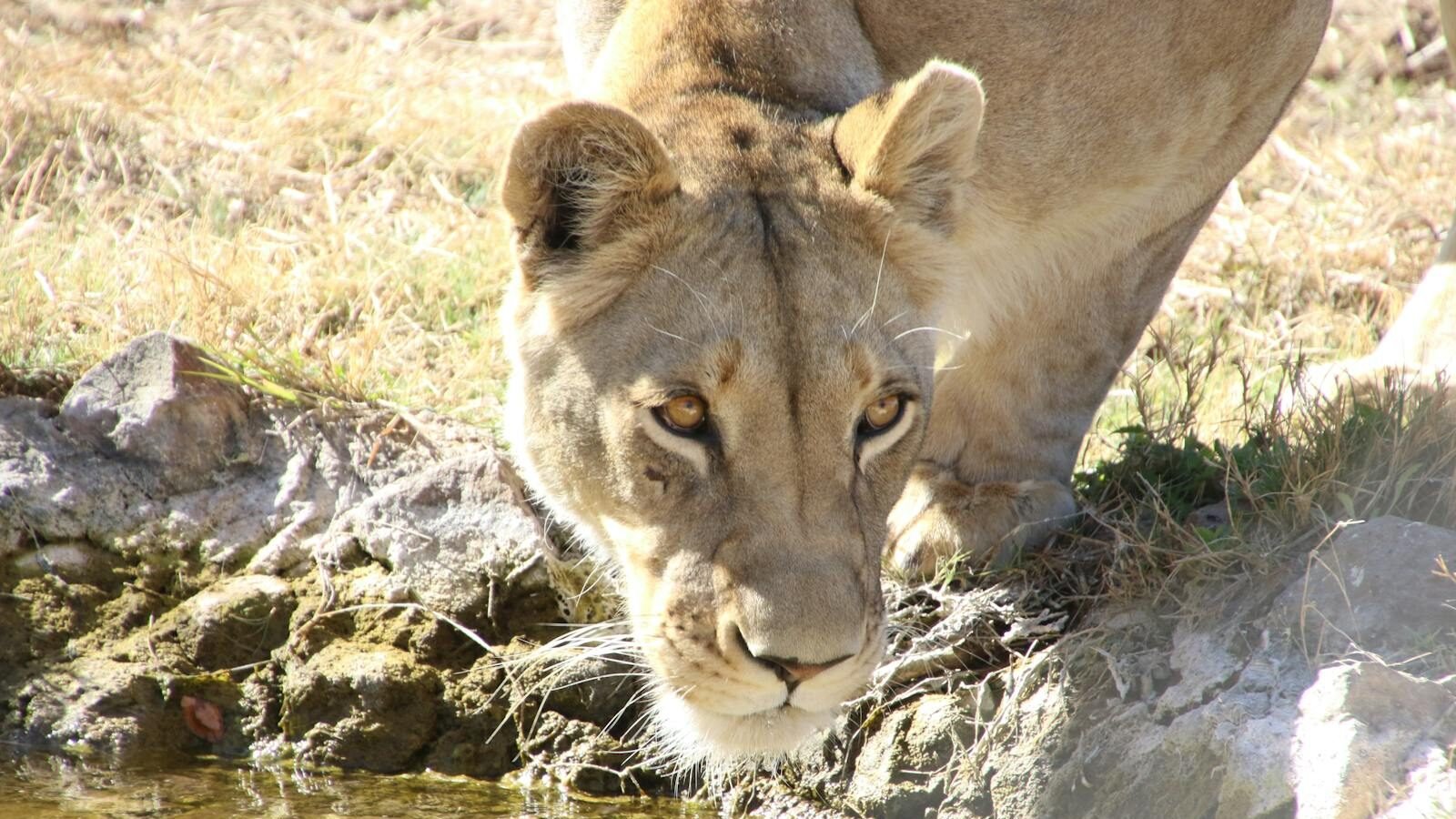
Photo by Magda Ehlers via Pexels
While tourism offers numerous benefits, it can also pose challenges. Overcrowding, habitat degradation from infrastructure development, and disturbances to wildlife are concerns that need careful management. Setting strict guidelines and carrying capacities helps mitigate these impacts.
Case Studies of Successful Conservation through Tourism
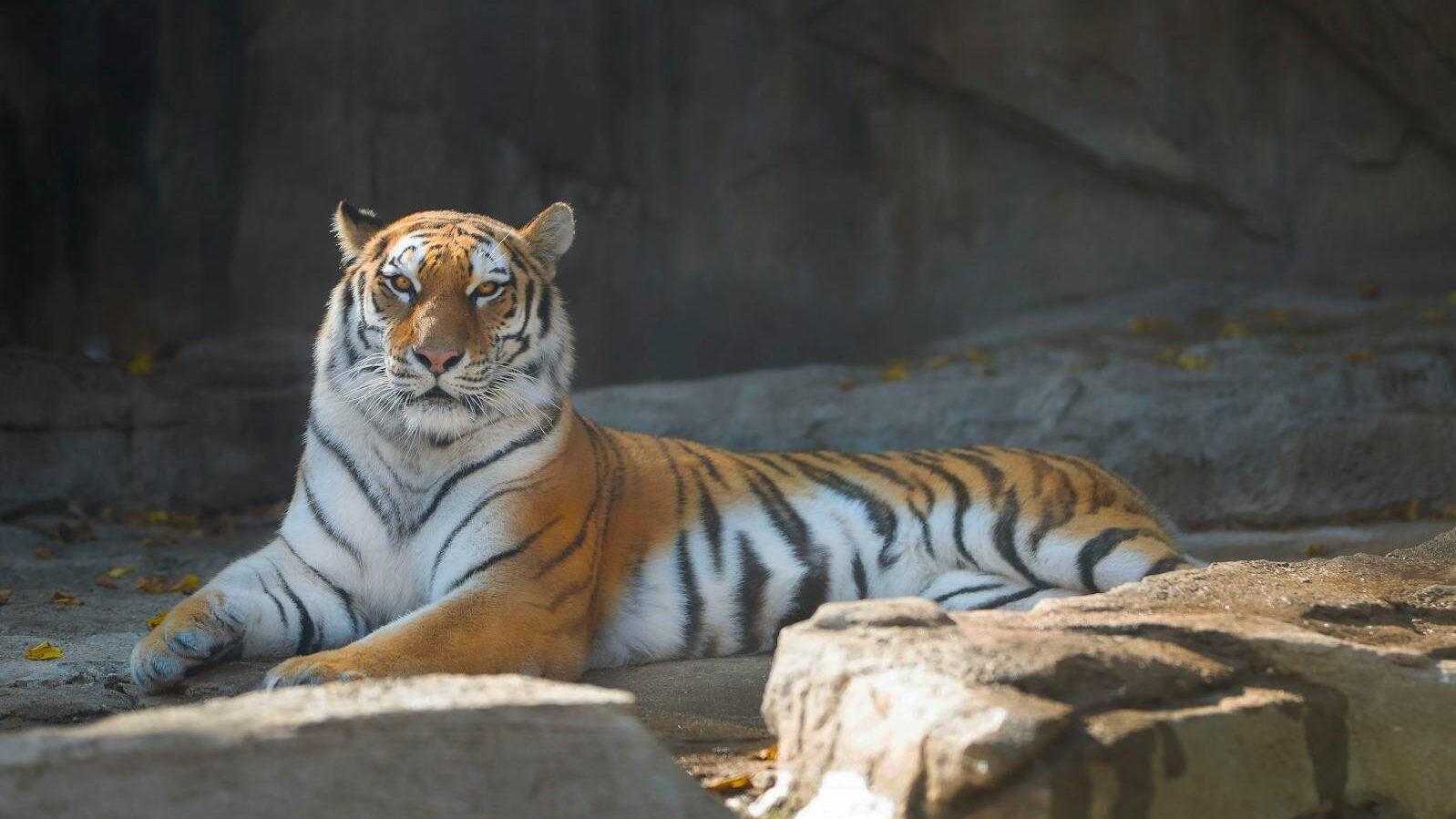
Photo by Julissa Helmuth via Pexels
Several case studies highlight the success of tourism-funded conservation programs. The Serengeti National Park in Tanzania and Ranthambore National Park in India are examples where tourism has significantly contributed to the protection of big cats. These parks have seen population recoveries and increased local support thanks to tourism revenues.
Future Prospects and Innovations
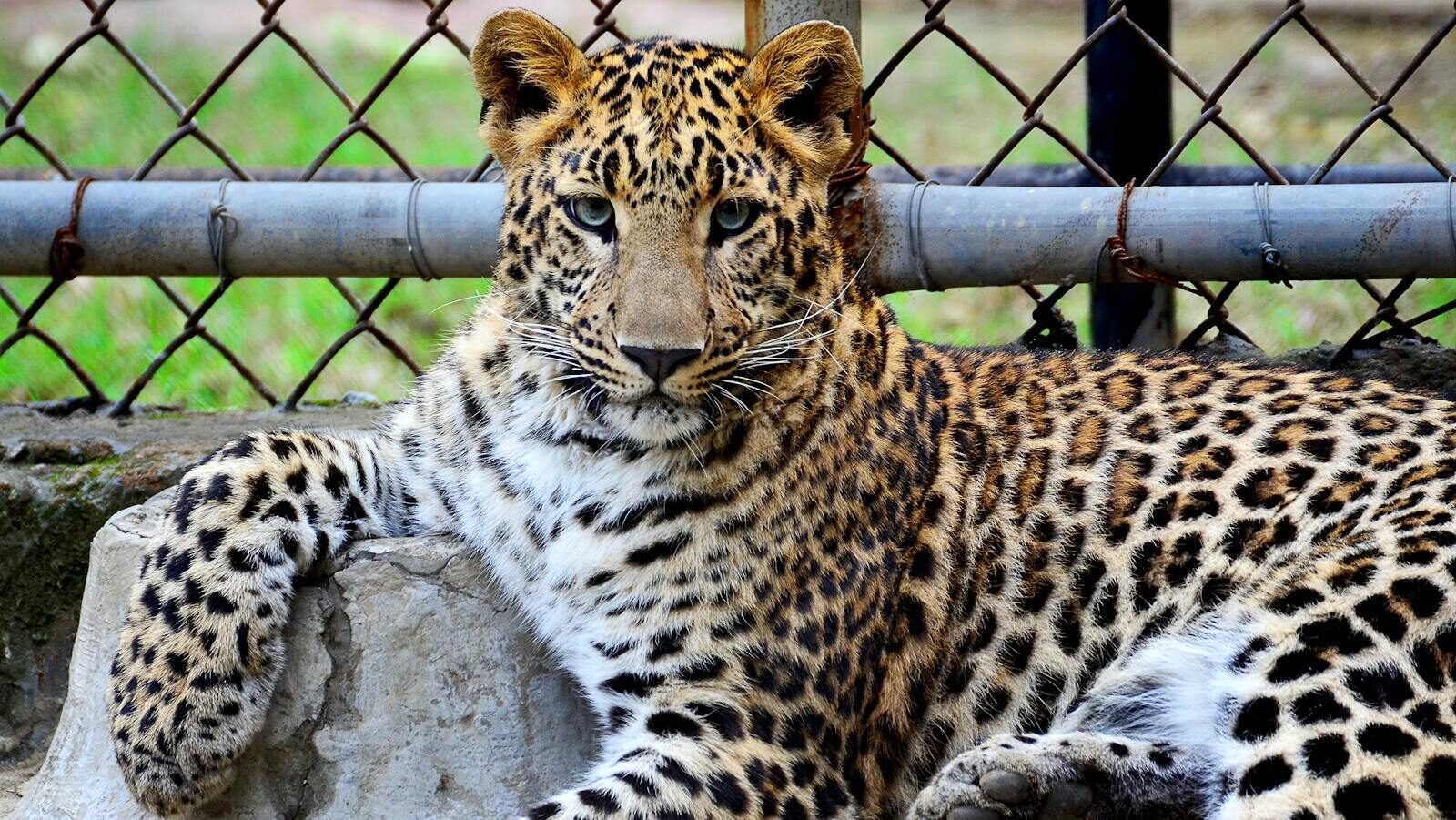
Photo by Jamshed Ahmad via Pexels
The future of big cat conservation in the context of tourism looks promising with continued innovation. Technology like drone surveillance, apps for reporting poaching, and virtual reality experiences for armchair travelers offer new avenues for support and engagement. Furthermore, collaboration between governments, NGOs, and the tourism industry is vital for crafting strategies that benefit both wildlife and local people.
Conclusion: A Symbiotic Relationship
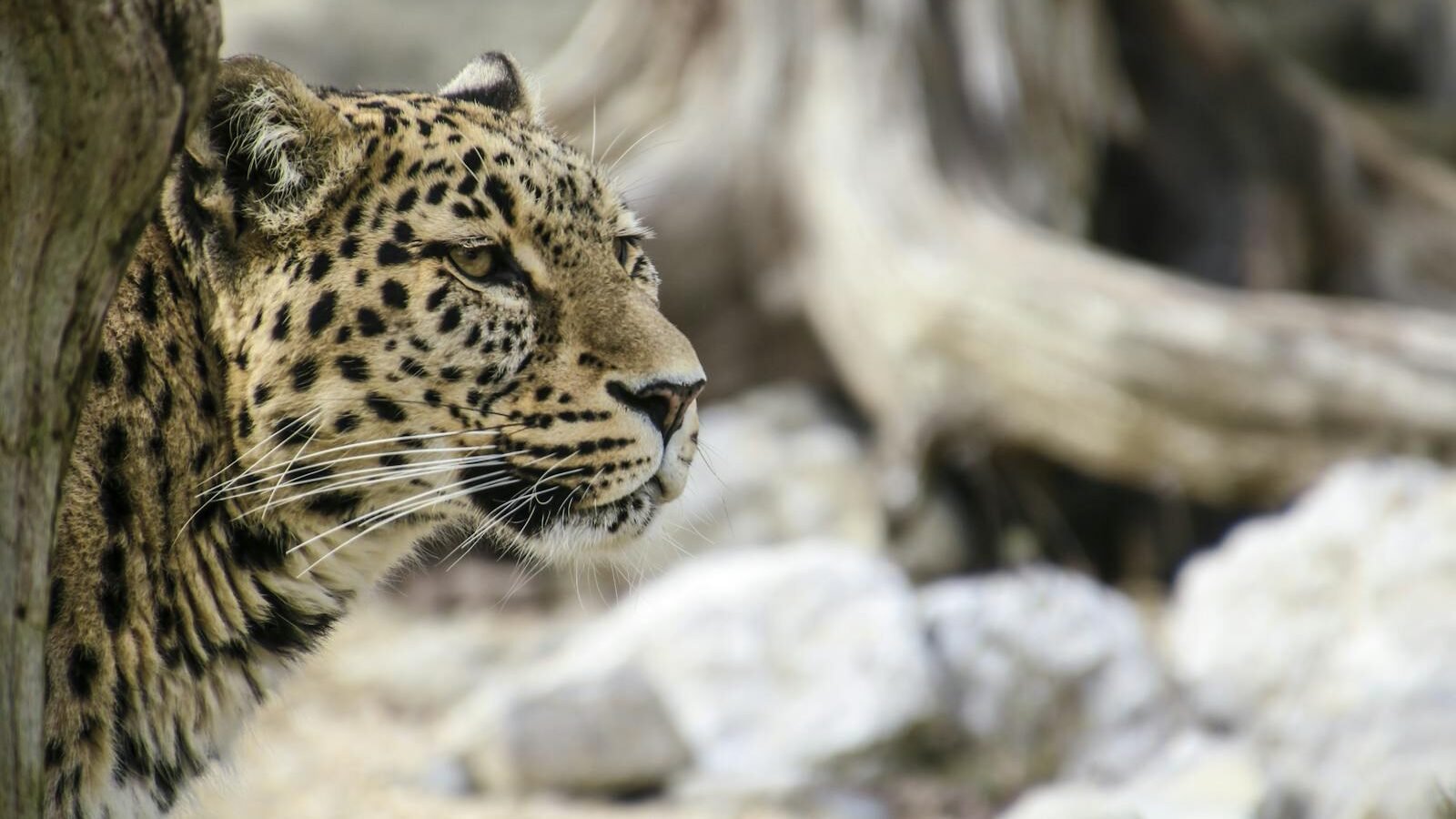
Photo by Pixabay via Pexels
The relationship between tourism and big cat conservation is symbiotic, providing mutual benefits that are essential for both biodiversity and economic sustainability. With careful management and ongoing support, tourism can continue to be a powerful tool in the fight to save the world’s big cats. By partaking in responsible wildlife tourism, travelers can play an active role in conservation efforts and ensure that these magnificent creatures remain a part of our planet’s rich tapestry.

With over a decade of experience as a dedicated cat lover and enthusiast, I specialize in writing captivating content about all things feline. My expertise shines through in creating engaging and informative pieces that resonate with fellow cat lovers. As a proud cat parent to my beloved Duston, my personal connection to the world of cats adds authenticity and warmth to my work, making it relatable and heartfelt.






